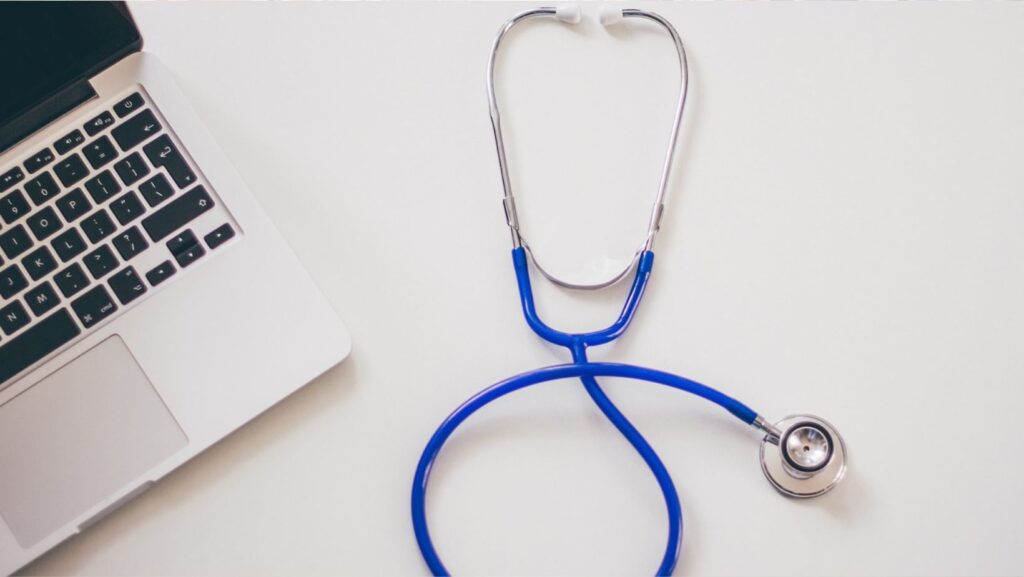Undergoing a vasectomy is a significant decision for men seeking a permanent form of contraception. While the procedure itself is relatively straightforward, the recovery period and subsequent health management require careful attention. Understanding how to navigate life after a vasectomy can help ensure a smooth recovery and maintain long-term health. Here are essential health tips to guide you through this phase.
Prioritize Post-Operative Care
The immediate aftermath of a vasectomy involves careful post-operative care to promote healing and prevent complications. It’s crucial to follow your surgeon’s instructions regarding wound care and activity restrictions. For the first few days, focus on keeping the surgical site clean and dry to reduce the risk of infection. Swelling and discomfort are common, but applying ice packs and wearing supportive underwear can alleviate these symptoms. Avoid strenuous activities and heavy lifting for at least a week to prevent stress on the surgical area. Monitoring for signs of infection, such as increased redness or discharge, is also vital. If any concerning symptoms arise, contact your healthcare provider promptly.
Monitor and Maintain Reproductive Health
Even though a vasectomy is designed to be a permanent method of contraception, it’s essential to monitor your reproductive health post-procedure. Regular follow-up appointments with your urologist are crucial to ensure the vasectomy’s effectiveness. Typically, you’ll need to provide semen samples for analysis to confirm that sperm count has dropped to zero. Until your doctor confirms that your semen is sperm-free, continue using alternative contraceptive methods. Additionally, it’s important to be aware of any changes in sexual function or discomfort, as these may indicate complications. Discuss any issues with your healthcare provider to address them promptly.
Adopt a Healthy Lifestyle for Long-Term Wellness
Maintaining a healthy lifestyle after a vasectomy contributes significantly to overall well-being and recovery. A balanced diet rich in vitamins and minerals supports tissue healing and immune function. Incorporate foods that are high in protein and antioxidants to aid recovery. Staying hydrated is also essential for optimal bodily function.

Regular, moderate exercise can improve circulation and prevent complications like blood clots, but it’s crucial to start slowly and follow your doctor’s advice on resuming physical activities. Additionally, managing stress and getting adequate sleep plays a role in your overall recovery and long-term health. By focusing on these aspects, you can enhance your quality of life and ensure that you remain in good health following your vasectomy.
Understand the Psychological Impact and Adjustments
Choosing a vasectomy is a significant step that requires careful consideration of its long-term impacts. Beyond the immediate recovery phase, it’s important to reflect on how this decision fits into your broader life plans. The benefits of vasectomy include its high effectiveness rate and the freedom from ongoing contraception methods. However, it’s essential to be mindful of the potential psychological and relational aspects, such as adjusting to the permanence of the decision and discussing it with your partner. Open and honest communication about the decision’s implications can help ensure that both partners are comfortable with the outcome. Additionally, consider how this choice aligns with your future plans, including any potential changes in your family dynamics or personal goals. Being proactive in addressing these aspects can help you fully embrace the benefits of vasectomy as a solution while managing its long-term considerations effectively. In doing so, you can achieve greater peace of mind and a smoother transition into this new phase of life.
Prepare for Potential Complications
Even though a vasectomy is generally a safe and low-risk procedure, it’s essential to be prepared for potential complications. While rare, complications such as post-operative infection, bleeding, or chronic pain can occur. Familiarize yourself with the signs of these issues—such as severe pain, persistent swelling, or fever—and seek medical attention if they arise. In some cases, men might experience a condition known as post-vasectomy pain syndrome, characterized by ongoing discomfort in the scrotum or groin. If you notice these symptoms persisting beyond the typical recovery period, consult your healthcare provider to explore potential treatments or interventions.

Being proactive in managing any complications can significantly contribute to a smoother recovery process.
Evaluate and Update Your Health Goals
After your vasectomy, it’s a good time to review and update your overall health goals. This procedure marks a shift in your reproductive status, which may also affect your long-term health objectives. Consider scheduling a comprehensive health check-up to discuss any changes in your health status and set new wellness goals. This might include adjusting your diet, reevaluating your exercise routine, or incorporating new preventive health measures. Regular check-ups can help you stay on track with your health goals and ensure that any post-procedure changes are managed effectively. By integrating your vasectomy experience into your broader health strategy, you can enhance your overall well-being and maintain a proactive approach to your health.
Navigating life after a vasectomy involves not only managing immediate recovery but also addressing potential complications, psychological impacts, and long-term health goals. By focusing on comprehensive care, staying aware of possible issues, and maintaining a healthy lifestyle, you can support a successful transition and overall well-being. Open communication with healthcare providers and your partner, along with a proactive approach to your health, ensures that you make the most of your vasectomy as a solution for permanent contraception and continue to thrive in your daily life.



